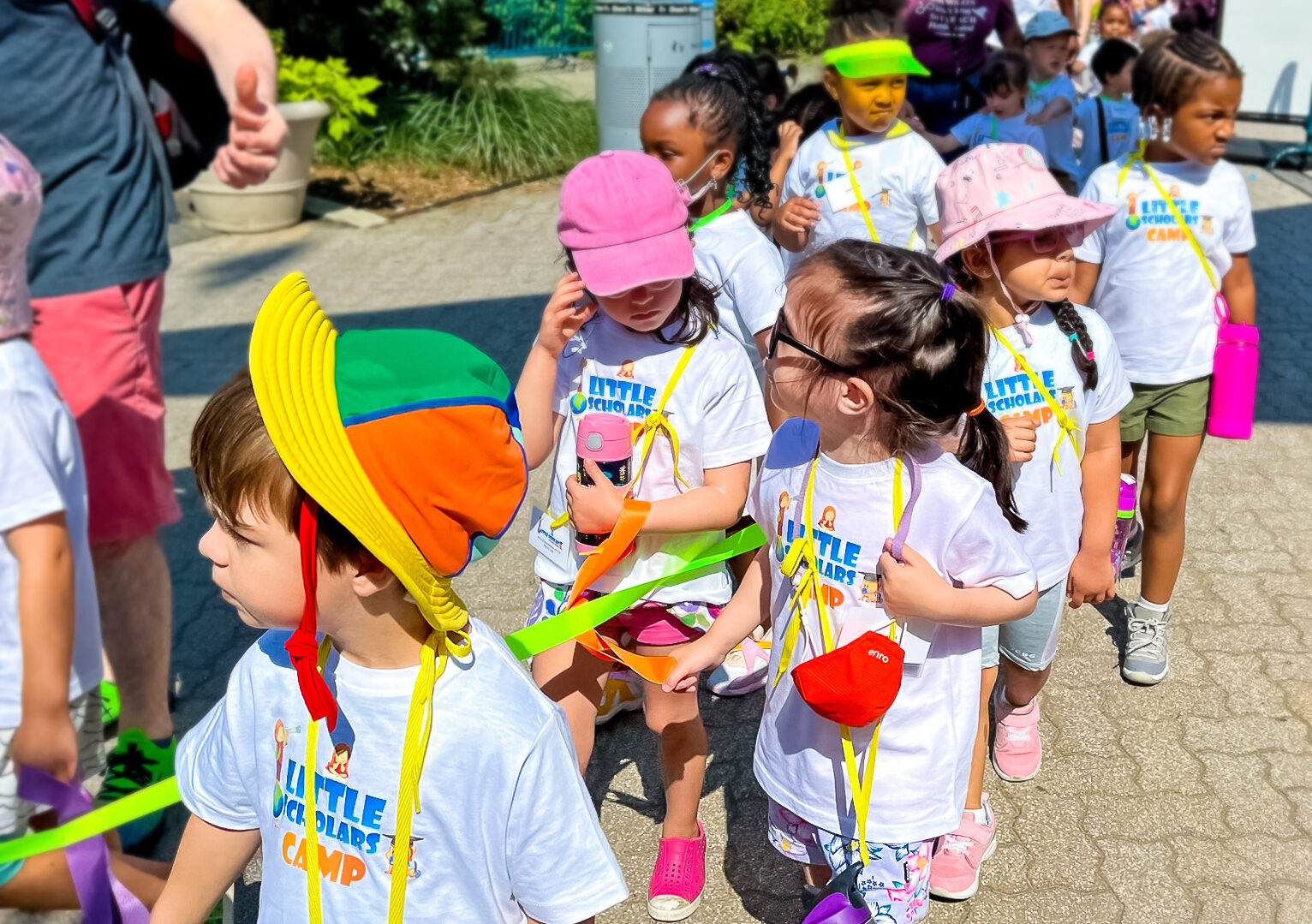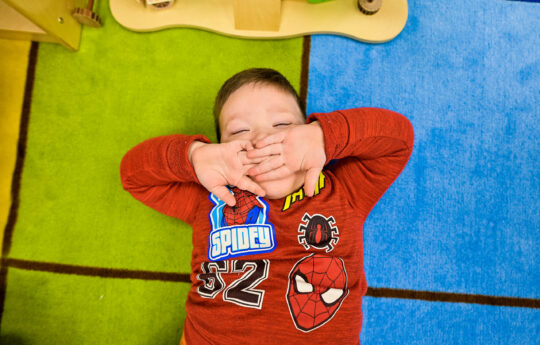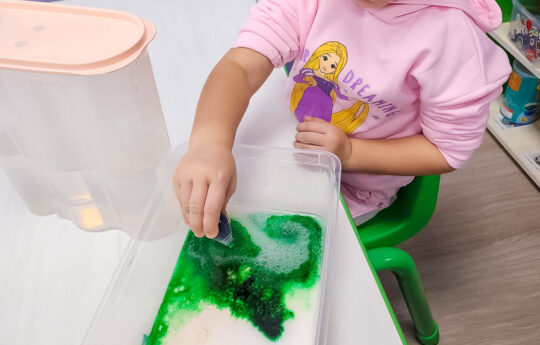
All parents recognize the risks of direct exposure to sunlight and strive to protect their children as much as possible, but it can be challenging. Children do not understand the risks of heat stroke and it is almost impossible for them to leave the beach or shelter under an umbrella on a hot day to avoid getting heat stroke in a child. If you are unsure of how to protect your child from heatstroke for any reason, it’s critical that you understand what to do to avoid it and how to treat sunburn.
What is Sunburn?
Our bodies use melanin to shield us from UV radiation and turn it into heat. When the amount of radiation exceeds safe levels, DNA damage can occur in epidermal and dermal cells. The body compensates for this and tries to repair all the damaged cells, but if it fails – the inflammation that develops is more commonly known as sunburn. Sunburns are the result of excessive exposure to ultraviolet sunlight, which can lead to red, swollen, sore skin caused by the inflammatory process that begins when the body responds to the overpowering heat of the sun.
Sunburns are often seen as a minor inconvenience that doesn’t require any particular, specialized care. But apart from the discomfort and pain, sunburns can possibly lead to skin cancer. The direct connection between sun exposure and the development of malignant melanoma has long been established. Sunburns have been shown to raise the risk of skin cancer by 2.5% throughout a person’s life and especially if they were burned at a young age. We can start to protect our children from a young age from possibly developing malignant tumors on their skin later in life.
What are the Symptoms of Sunburn?
These are the most common signs of sunburn:
- red skin;
- itchy and stinging spots;
- swollen, inflamed skin
- high-temperature headache.
Sunburn symptoms of any severity appear 2-4 hours after exposure to the sun and may be comparable to heatstroke. The most visible signs appear after at least 12 hours, at most – after a day, and based on those you can determine the level of sun damage and whether it was part of a heat stroke in a child.
First Aid for Sunburn
If you notice sunburns start to develop on a child’s skin, take them to a cool room. They should be given plenty of water because the skin loses a lot of moisture when exposed to the sun. You should begin to treat any child who starts to develop a sunburn as soon as possible by relieving the initial nagging symptoms: pain and irritation. Place a towel soaked in cold (but not ice) water on the affected areas of the skin. As the compress heats up, immerse it again in cool water. It is not advisable to use any oils to lubricate blisters as this method delays recovery and may even result in burn infections.
Thus, there are three principal steps of first aid for sunburn:
- cooling;
- hydration;
- treating the inflammation
Do not expose your child to direct sunlight again until the burn has healed. Dress them in light clothes made of natural fibers to protect the damaged area of skin from the sun.
When should I call my child’s healthcare provider?
A doctor will choose the right therapy for sunburn and heat stroke in a child, which may depend on the degree of the sunburn. In general, consult with your child’s healthcare provider if:
- Sunburn is severe, and blisters occur;
- Your child is experiencing heat stroke symptoms such as fever, shivers, nausea, vomiting, dehydration, or downness.
Fever and Children
The main symptoms of fever in a child include:
- sweating;
- chills and tremors;
- headache;
- muscle pain;
- loss of appetite;
- irritability;
- general weakness, drowsiness.
If you notice any of the following symptoms, call your doctor right away: a temperature of 101.3°F or higher (under 3 months old ); a temperature of 102.2°F or higher (older than 3 months old); constant vomiting; pale skin, febrile seizures, rash; dehydration: dry skin, dry tongue, lack of urine.
Before emergency workers arrive, keep your child calm and provide first aid. Before the arrival of any healthcare provider, parents should do the following:
- The temperature regularly.
- Keep the room temperature anywhere between 68–69.8°F and humidity somewhere between 60–70%
- Make them drink lots of fluids.
- Do not make them eat if they have no appetite. It would be better to give them plenty of fluids instead.
Preventing Sunburn
First, protect your child’s skin from direct sunlight, especially between 10 a.m. and 2 p.m. The sun is at its most powerful during these hours and the risk of heat stroke and sunburn is the highest. A useful tip to follow for everyone: if your shadow is shorter than you, the sun is too hot, and you will get sunburned. Remember that the sun’s UV radiation can cause damage, even on foggy and cloudy days.
Another effective way to protect your baby from the sun is by choosing the correct clothing. The most crucial aspect is that the clothing should be made from natural fabrics and prevent the sun’s rays from passing through. This may be tested by exposing the item to sunlight. According to scientists, dark blue and red materials are the most resistant to sunlight. Another important article of clothing is a hat or some kind of headgear with a wide brim to keep the face and neck covered.
Thermal shock protection like sunscreen and UV protection should never be overlooked. Choose a sunscreen specifically designed for newborns and kids.
What are Sunscreens?
Excessively intense sunlight, especially during the day, can inadvertently lead to severe skin burns and heat stroke, especially in young children, and even more so in newborns with delicate, sensitive skin that is vulnerable to radiation. As a parent, you should be the one to take all the necessary steps to prevent heat stroke in a child and sunburns from happening, one of them being sunscreen.
Sunscreens are recommended for everyone, from babies to adults, without exception. When applied to the skin, the cream generates a layer that acts as a filter for harmful radiation, significantly reducing the effects of the sun. They contain three effective chemicals: esters of para-aminobenzoic acid, cinnamates (cinnamic acid salts), and benzophenone compounds. Check to see if one or more of these components is specified on the packaging. Use creams without fragrances, dyes, and preservatives, as they can irritate your baby’s sensitive skin.
How to Use Sunscreens
Sunscreen must be applied correctly to ensure its maximum effectiveness.
First and foremost, you must ensure that the cream is safe for the baby, which will necessitate a tolerance test: apply a tiny amount of cream to the inside of the child’s elbow or knee, or a little smear behind the ear. If the child is happy with the scent and there is no redness, irritation, itching, or burning on his skin during the day, then it is the right choice for them. If your child’s skin is extremely sensitive and prone to allergic responses, the parent should apply the same sunscreen as their child. In this instance, you may play with your baby, cuddle them, and hold them in your arms without fear that your sunscreen will be getting on the baby’s skin and harming it.
Prior to applying sunscreen, read and follow the instructions on the packaging. Consider the fact that sunscreen does not provide protection instantly, it takes 15-30 minutes after application to begin working. Therefore, it should be applied ahead of time before leaving the house.
Apply sunscreen evenly, trying not to miss any areas of the skin, and, most importantly, in appropriate amounts.
The layer of sunscreen on the skin should be periodically updated – on average every 1.5-2 hours. However, this period may vary, and in each case, you must consider the manufacturer’s recommendations, weather conditions, the position and activity of the sun, the mobility of the child, and so on.



